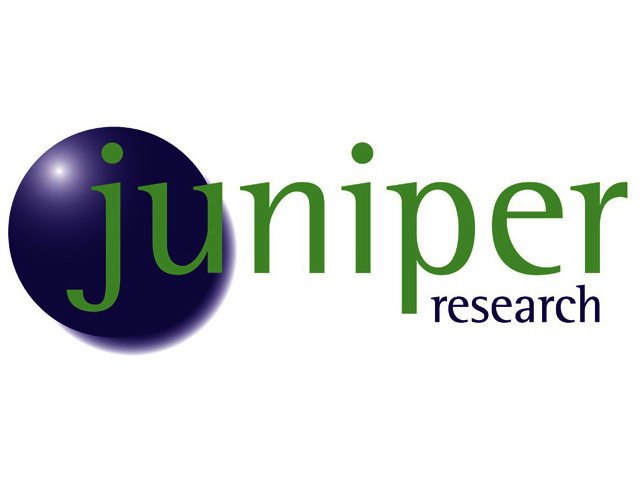PREVIOUS ARTICLENEXT ARTICLE
NEWS

Wearable technology on the rise says Juniper Research
By Ryan Noik 31 October 2012 | Categories: news
Predicting the ‘next big thing’ in technology can be as tempting as a well-stocked Woolies aisle and as fraught with presumption as your average adolescent’s worldview, but one well respected research company believes it knows which technology will dominate by 2014.
Juniper Research has gone as far as to publicly wear its opinion on its sleeve, by releasing a white paper on why wearable technology is set to take the world by storm.
To begin with, the the company paid particular attention to defining the smart, wearable devices that it believed would have a significant impact in the years ahead, explaining that these are computing device which, while being used, are worn on or otherwise attached to the body.
While it acknowledged that this definition covers a wide range of devices, from GPS-enabled watches to sophisticated headsets which can either work independently or in conjunction with smartphones or tablets, the company also stressed that a device can be classified as a smart wearable device if - and only if - it is personal, portable, unrestrictive, controllable and communicative.
While it acknowledged that this definition covers a wide range of devices, from GPS-enabled watches to sophisticated headsets which can either work independently or in conjunction with smartphones or tablets, the company also stressed that a device can be classified as a smart wearable device if - and only if - it is personal, portable, unrestrictive, controllable and communicative.
Additionally, most wearable devices are always on and accessible at any time with a constant interaction between the user and the device.
The wear, the what and the why
The wear, the what and the why
The company explained that, while wearable devices (wearables) have been in existence for several decades, it was only recently that they have truly captured the imagination of the public (as evidenced by Google’s Project Glass).
It elaborated that the development of the smartphone/app store model has created an ecosystem of applications onto which other hardware peripherals (including smart ‘wearables’ and smart wireless accessories) can enhance the functionality of the mobile device for specific purposes.
Additionally, it asserted that the confluence of smart hardware and companion apps represents a further enhancement of the app ecosystem, and one without excessive development costs. According to Juniper Research, along with this development of smartphones and the app ecosystem, awareness and acceptance of technology amongst consumers is fast growing, which in turn is creating the ideal platform for wearable device adoption.
Show me the money
The company further broke down wearables by categories that they would be used for, namely: smart sports and fitness devices; multimedia and entertainment devices; multi-function wearable devices; enterprise wearable devices; healthcare wearable devices and military wearable devices.
The financial scope for such devices, according to the company, is significant. In its white paper, Juniper Research predicts that the next-gen wearable devices market will be worth more than $1.5 billion (R13 billion) by 2014, with North America and Western Europe (not surprisingly) accounting for the biggest adoption, followed by Latin America and China.
To the point
While one could argue that predicting what the majority of consumers are likely to cotton onto technology wise could be construed as hubris, Juniper Research certainly paints an intriguing scenario.
Judging by the number of people we routinely see with their smartphone seemingly plastered to their ear, or with their eyes constantly glued to their device’s screen, it’s not hard to envisage people desiring to wear their technology constantly.
However, the real challenge ahead may not be whether users will be able to slip their device on, but whether they will have the fortitude to periodically turn it off.
USER COMMENTS
Most Read Articles
Read

Magazine Online
TechSmart.co.za is South Africa's leading magazine for tech product reviews, tech news, videos, tech specs and gadgets.
Start reading now >
Download latest issue
Have Your Say
What new tech or developments are you most anticipating this year?
New smartphone announcements (44 votes)
Technological breakthroughs (29 votes)
Launch of new consoles, or notebooks (14 votes)
Innovative Artificial Intelligence solutions (29 votes)
Biotechnology or medical advancements (24 votes)
Better business applications (160 votes)



